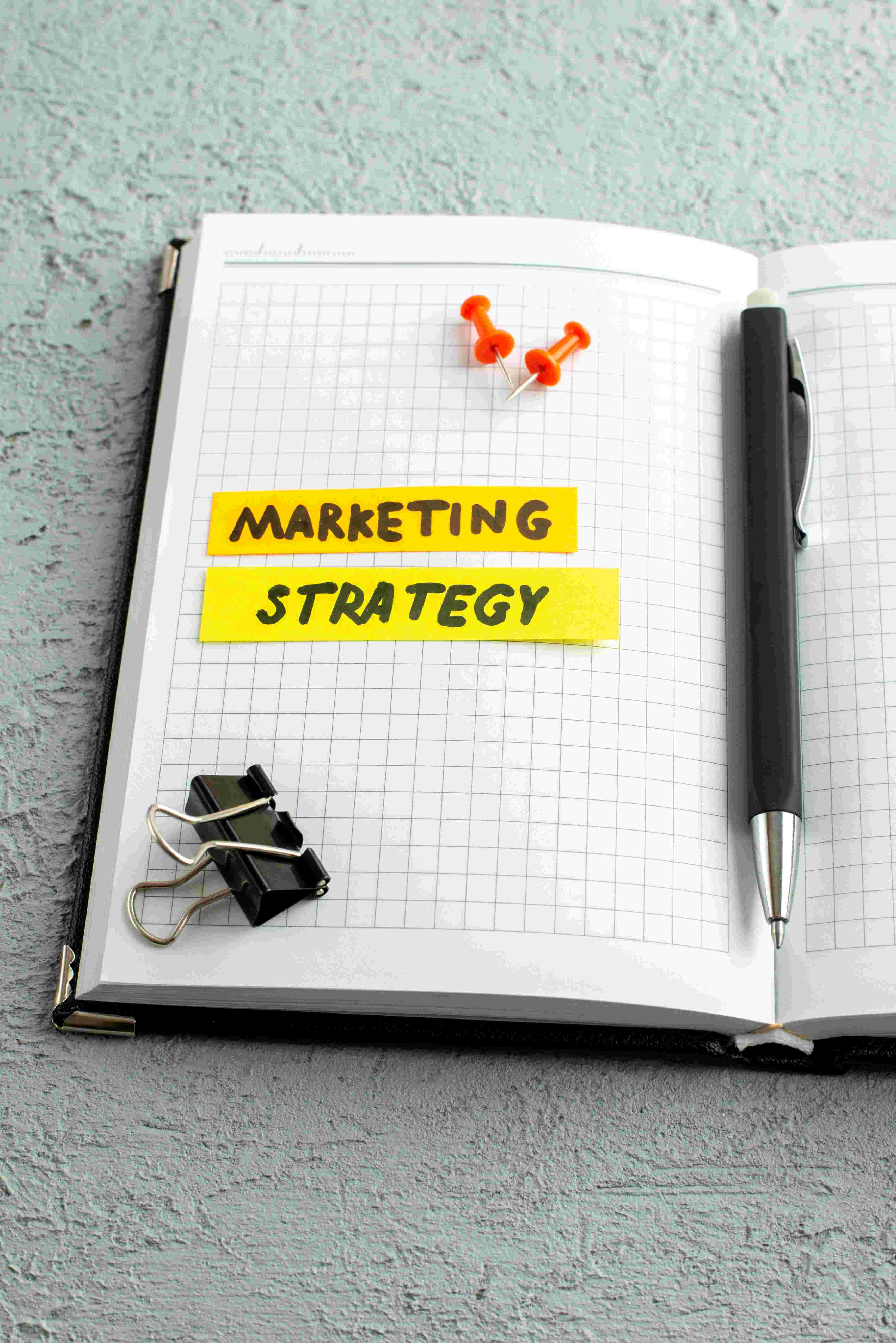Key Takeaways:
- A winning book marketing strategy starts with knowing exactly who you're writing for, what success looks like to you, and how to play to your strengths—not follow every trend.
- The most impactful marketing plans begin well before launch day. Think 6–12 months ahead.
- Email marketing isn't just alive—it's thriving. It outperforms social media by a wide margin.
- Tools like Book Launch can help you build a plan that's as unique as your voice.
- Focus your energy. The most successful authors spend 80% of their effort on the few strategies that actually move the needle.

The Free Promotion Sites Still Delivering in 2023
Let’s be honest: the landscape isn’t what it used to be. But if you know where to look—and how to use them—some free promotion sites still pack a punch. Goodreads Giveaways, Library Thing, Prolific Works, and carefully chosen Facebook genre groups remain excellent ways to get in front of readers who actually care. Results aren’t one-size-fits-all, so research what works in your niche.
Want to amplify your reach? Stack your free promotions within a 3–5 day window. It’s like throwing a spotlight on your book, pushing it into retailer algorithms. And don’t forget to track what really matters—actual clicks and downloads, not just “likes.”
Collaborate to Grow: Cross-Promotion with Fellow Authors
You don't have to market in a vacuum. In fact, the best authors rarely do. Partnering with others who write in your orbit—but not your exact lane—can expand your reach with authenticity. Think newsletter swaps, joint giveaways, bundled promos, or Instagram live takeovers. Real synergy.
The key? Be thoughtful. Approach 5–10 like-minded authors with a pitch that offers mutual value. The most enduring relationships—and biggest marketing wins—are built on shared respect and creative generosity.
Don't Overlook Libraries: They’re More Powerful Than You Think
Libraries are quiet champions. Beyond sales and royalties, they offer discovery, trust, and a loyal readership. Platforms like Overdrive and Hoopla open doors for indie authors. Start local. Bring a clean one-sheet with metadata, credible reviews, and order info. Then scale. Virtual author talks? They’re gold.
Smart Tools for the Smart Author (on a Budget)
No, you don’t need to spend a fortune. You need tools that work for your workflow:
- Email platform: ConvertKit or MailerLite
- Landing pages + reader magnets: BookFunnel or StoryOrigin
- Design: Canva
- Link tracking: BookLinker
Keep your monthly spend lean—$20–$50 is plenty to start. Invest in tools that save time or deepen connection. Simple beats fancy. Progress beats perfection.
Once You’ve Nailed the Basics…
Ready for next-level impact? These strategies are for authors who want to grow strategically and sustainably:
Book Bub Features: Cracking the Code
Still the holy grail of book promotion. Want in? Submit mid-month (less competition), have 25+ strong reviews, a genre-aligned cover, and a serious discount (free or 99¢). Think like a reader, package like a pro.
Marketing a Series vs. a Standalone
Series? Book 1 is your handshake. Price it low to remove friction. Focus on reader experience and readthrough. Nail your backmatter with CTAs that gently walk readers to Book 2 and beyond.

The World Is Bigger Than the U.S.
Kobo in Canada. Apple Books in Australia. Amazon UK. Each market has its quirks—and less competition. Adjust your pricing. Respect the culture. Watch new readers find you.
When the Plan Isn’t Working: Don’t Panic. Adjust.
Every author hits bumps. The key? Respond with intention. Track. Reflect. Revise. This is iteration, not failure.
Red Flags to Watch:
- Email open rates < 15%, click-through < 2%
- Ad CTRs < 0.2%
- Declining engagement for 4+ weeks
- Post-promo sales nosedive
- Recurring negative reviews on similar points
Use these signals. Zoom out. Your message, targeting, or platform might need tuning. Tweak one lever at a time—and learn.
The 80/20 Rule: Where Results Really Live
Let go of “doing everything.” Instead:
- Find your top 2–3 lead sources
- Pour your energy where conversions happen
- Ruthlessly cut what doesn’t serve
Refinement over reinvention. Consistency over novelty.
When to Keep Going vs. When to Change Course
Build in checkpoints:
- Email list building: Evaluate after 3–6 months
- Ads + launches: Review after 1,000+ impressions or 100+ clicks
Still unsure? Ask your audience. Use surveys, DMs, or reader calls. You’ll be amazed what real voices will reveal.
Your Personalized Plan: Start Here
- Define your 3 biggest goals (visibility, sustainability, readthrough?)
- Audit your assets (budget, time, platform)
- Choose 3–5 high-leverage strategies
- Run a 90-day experiment
- Reflect. Adjust. Repeat.
Think of marketing not as a task list—but as an evolving dialogue with your readers.
FAQs: Real Talk for Real Authors
How much should I budget?
Start with $500–$1,000 per launch. Reinvest 20–30% of revenue. Focus on pro presentation, email growth, and tested promos.
When should I start marketing?
Ideally, 6–12 months pre-launch. But even 6 weeks of focused action beats waiting until launch day.

Do I need an email list?
Yes. A small, warm list will always outperform a cold crowd. It’s your direct line to real readers.
Can introverts do this well?
Definitely. Lean into writing, automation, and authenticity. Deep connection > broad noise.
Should I hire help?
Sometimes. Learn what you can first. Then outsource strategically (design, ads, tech) once you’ve found your rhythm.
HAVE YOUR OWN WRITING, MARKETING, PUBLISHING COACH 24/7 FOR PENNIES PER DAY!
SAVE TODAY ONLY! Click this link
now: https://www.authorutopia.com/signup/
BECOME A MEMBER OF OUR ELITE COMMUNITY OF ASPIRING AUTHORS AND ENTREPRENEURS AND BE A RISING STAR FASTER THAN YOU EVER DREAMED POSSIBLE. Click the link below now to get our best offer ever: https://www.authorutopia.com/signup/


